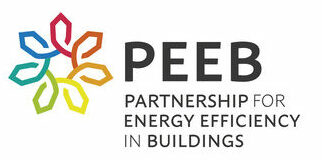Buildings – our homes, schools, offices – are at risk from extreme climate events such as floods, storms, heatwaves, droughts, soil erosion or wild fires. Developing countries and poorer populations, which are more exposed and more vulnerable to disasters, are disproportionately affected by climate change. Among the 100 fastest growing cities in the world, 84 are already at an extreme risk from climate change. Failure to adapt buildings can threaten socio-economic development. Yet, adaptation of the building sector remains largely unaddressed.
PEEB’s new briefing, the Adaptation imperative for Buildings, demonstrates the importance of implementing climate adaptation and mitigation in tandem to address current climate threats and avoid worst future impacts. Synergies between mitigation, adaptation and development goals in the building sector are numerous: passive cooling, flexible design, local materials, nature-based solutions or water conservation can both improve the resilience of buildings and reduce their environmental impact while increasing quality of life and local employment. These synergies must be brought to wider global attention in order to scale up action.
With over 10% of all investments worldwide, development banks can play a major role in scaling up low-carbon and resilient buildings by raising awareness, setting new standards and building capacities. The briefing presents a set of recommendations and case studies to help development banks mainstream climate adaptation and mitigation across their investments in partner countries.
